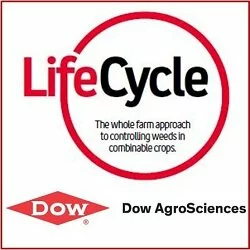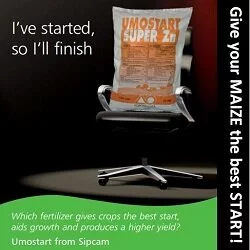Blogs of War….and Farming
Unfortunately the news out of Ukraine isn’t getting much better.
Heavy fighting continues in the East with government jets shooting rebel targets and the inevitable civilian casualties and retaliation such as this weekends shooting down of a military transport plane killing all 49 on board.
Despite many politicians avoiding the term it is for all intents and purposes a war which is steadily piling up body bags with military personnel and civilians alike.
At the end of May, 48 year old business man Petro Poroshenko was voted in as the new president in a landslide result that suggested that large parts of the population was united in wishing for stability and a return to some sort of normality.
In his inauguration speech he has promised to forge closer links with the EU and restore peace in restive eastern regions.
But that was before the shooting down of the military plane.
Along with the war he has several other pressing matters including Russia’s annexation of Crimea, the impressively large gas bill to Russia (Russia has just switched off the gas supply to Ukraine) and the not insignificant task of building a functioning country.
However behind the bad news headlines there is a steady drip of governmental press releases which generally and genuinely appear to be sensible and targeted at reducing corruption and creating a more conducive business environment.
Despite all the bad news I still get a steady drip of enquires from investment groups who recognise that the current situation will pass and that the farming business is economically viable and is a sustainable proposition.
Perhaps even more so now, with a dynamic forward looking administration.
On the farming front harvest 2014 is underway in southern Ukraine with early reports of winter barley coming in at 2.6mt/ha and wheat at 1.0mt/ha.
Before you say “how much?” it is important to keep in mind that although Ukraine crop yields are low when compared to western Europe, a combination of low rent, labour, tax and fuel costs mean the cost of production can be much lower.
Also crops in the south are lower yielding and yields will increase as harvest moves north over the coming months.
I have yet to see any reports from Crimea as to how the harvest is progressing there other than a recent announcement by the Ministry of Agriculture saying they only had 6% of the fuel needed to run the combines.
Spring planting of maize (corn), sunflowers and soya is all but finished with soil and weather conditions favourable to a good start and over wintered cereals and oilseed rape looking the best they have done for several years.
On a personal note I am travelling through Russia investigating the possibility of setting up an office and taking the opportunity to crop tour.
So far what I have seen is good with similar conditions to western Ukraine although my contacts tell me it’s dry as a dustbowl further east and crops have been suffering.
The downside with travelling further east is you are further away from Brazil and have to stay up even later to watch the World Cup, 4am in the case of the England Italy game.
A good crop of winter wheat in Russia
Traffic’s a nightmare…!
Village life in Russia
 Write TWO product reviews on Farmers Review and
Write TWO product reviews on Farmers Review and










FRUK Manager
Jun 18, 2014 08:51 AM
I really enjoy your blogs Mike, they're so interesting and give us a great insight into farming in Russia & Ukraine. I look forward to the next!
Mike Lee
Jun 25, 2014 09:47 AM
You're welcome, lets hope there is better news about the conflict by the next blog.